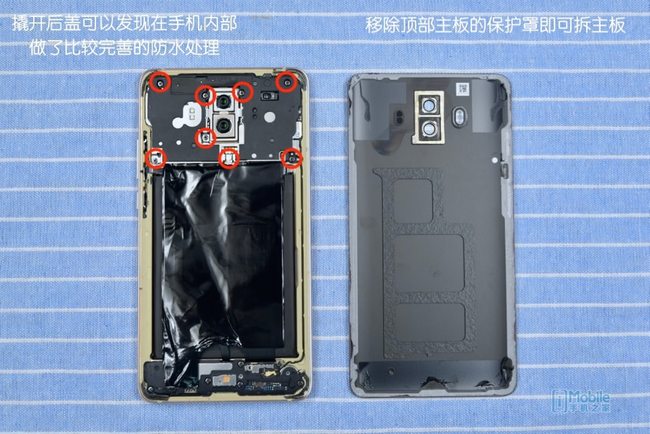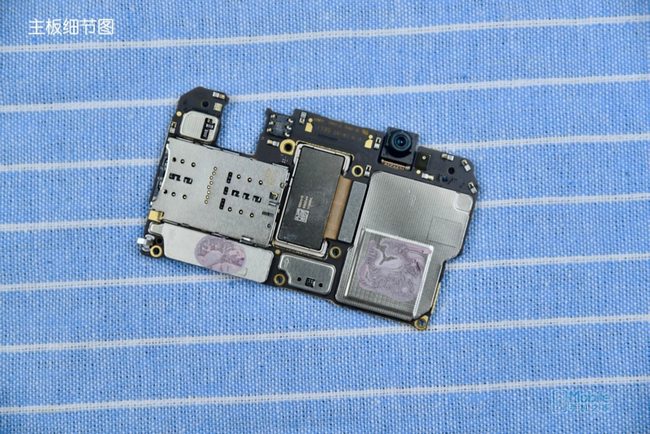As Huawei’s latest generation product, we are looking forward to the Huawei Mate 10’s performance. The phone features a 5.9-inch 2K display, a dual-curved 3D glass back panel, and a dual-camera module. So what’s inside? Now, we bring you the teardown of the Huawei Mate 10.
Teardown is what we do! Follow us on Facebook for the latest repair news.
Power off the phone and remove the SIM card tray.
The Huawei Mate 10 supports dual SIM cards and can expand storage via a microSD card (up to 256GB).
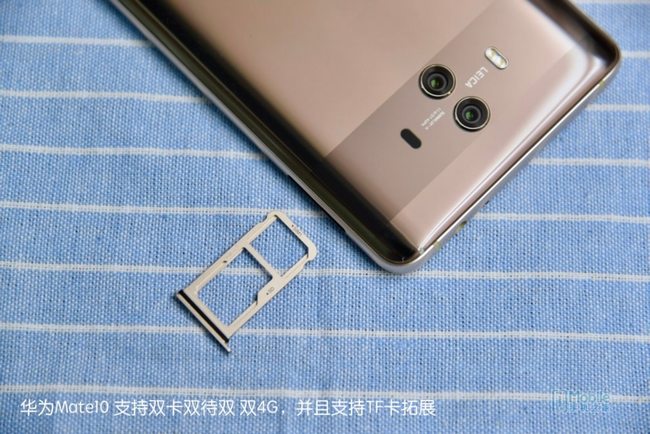
After removing the back cover, we found that the inside of the phone was perfectly waterproofed. The motherboard is covered by a protective plate, and the battery is covered with a layer of graphite sticker.
We first unscrew the eight screws securing the motherboard protective plate and peel off the graphite sticker on the battery.
The back of the motherboard protection plate is also covered with a graphite sticker, indicating that the Mate 10 has been well designed for heat dissipation.
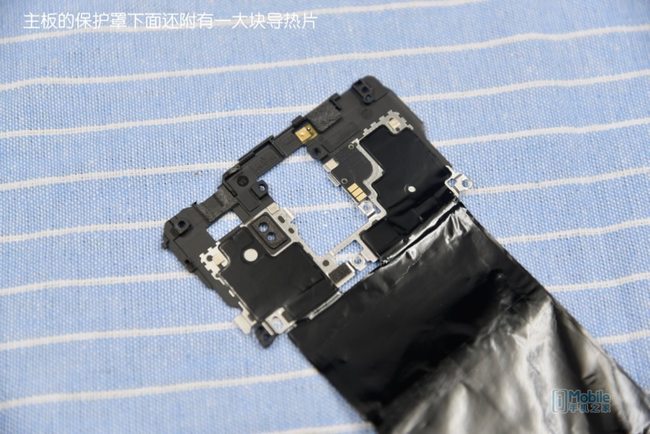
Next, we disconnect the battery connector and then disconnect all the BTB and RF connectors.
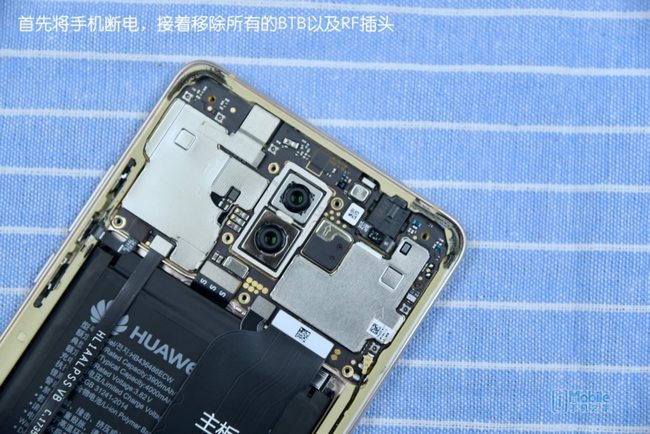
To prevent interference between chips, all the chips are covered with metal shields.

The chips on the back of the motherboard are also covered with metal shields, which are coated with a layer of thermal grease.
From left to right are the 3.5mm headphone jack, rear camera, and front camera.
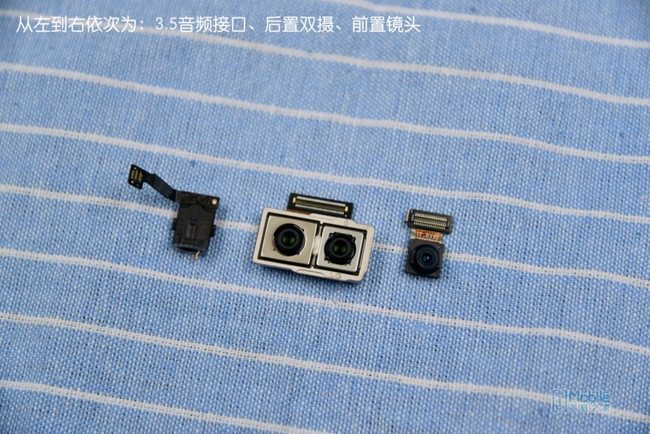
The Huawei Mate 10 has a 3.82V, 4000mAh, 15.3Wh Li-polymer battery that supports 22.5W fast charging.
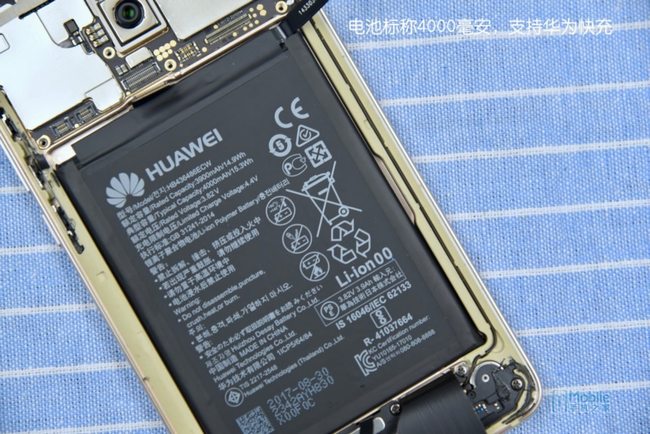
Remove the six screws securing the loudspeaker and take out the loudspeaker and the sub-board.

A USB Type-C port and many metal contacts are integrated into the sub-board.

